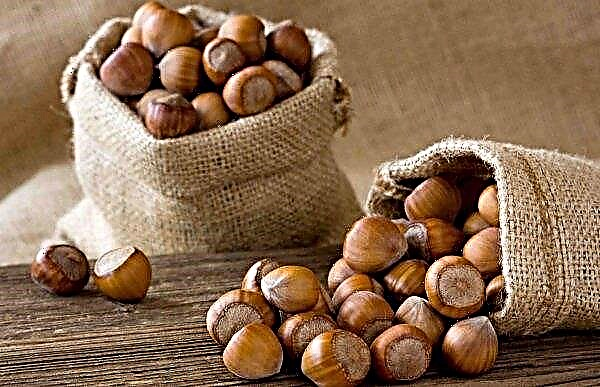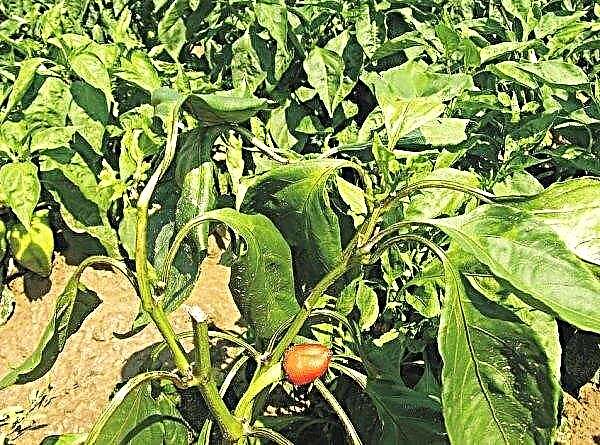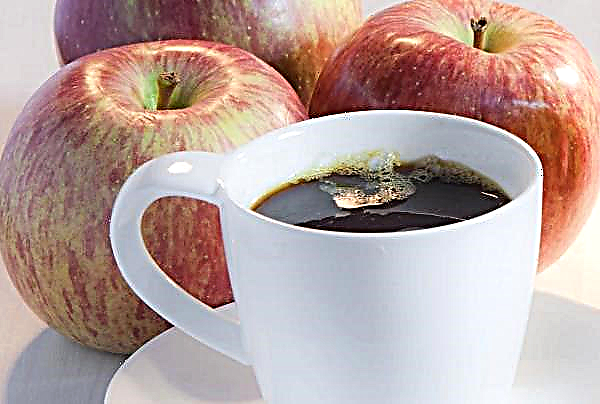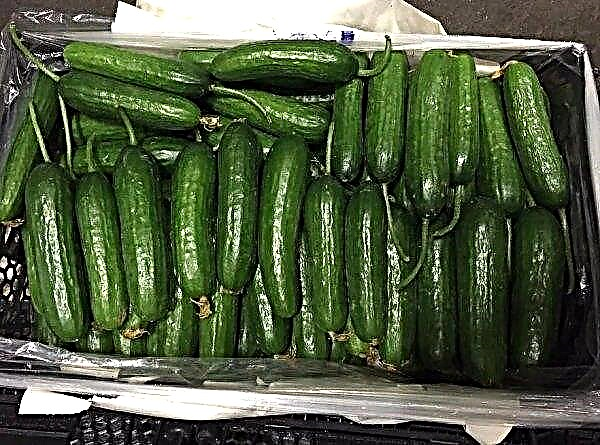Before storing for the winter with potatoes, a number of measures should be taken to increase its shelf life. One of them is the drying of root crops after harvesting. About how to carry out this procedure, read below.
Why dry potatoes after digging?
Root crops after removal from the soil actively release moisture into the environment. If products are immediately put into storage, they will begin to rot after a month, which will lead to significant crop losses.
Drying disinfects the peel from bacteria that function on different layers of soil. In the sun, microorganisms die quickly. In addition, with partial evaporation of moisture, the structure of the skin becomes more dense, which helps to increase its protective properties.

Seed potatoes by drying in the sun must be landscaped. After such processing, the product becomes unfit for food not only to humans, but also to insect pests and rodents. The increased content of solanine in green tubers contributes to a longer conservation of tubers. Thus, the dug culture must be dried, and do it in several stages, observing certain rules for products for various purposes.
Important! Tubers of different varieties must be dried and stored separately. Such products vary in shelf life, so if one variety is spoiled, you can lose most of the harvest of another.
Optimum drying conditions
The main purpose of drying is the elimination of excess moisture and disinfection. To moisture quickly evaporated, it is better to dry the tubers in the sun. At the same time, you should control the time the vegetable stays in the light - do not leave the product under scorching rays for longer than 2 hours, otherwise the production of solanine will begin, the fruits will turn green and become unfit for food.

To dry potatoes on the street, the following conditions are required:
- sunny windy weather;
- humidity 50% and below;
- air temperature from + 20 ° С.
During the drying period in the room it is necessary to provide:
- temperature +13 ... + 18 ° С;
- humidity 70%;
- high quality shading.
Rules for drying at home
How and how much to dry depends on the intended use of the product. In addition, it is not always possible to dig out a culture under favorable weather conditions.
How to dry?
Before you dry the potatoes, you need to sort it, simultaneously clearing from lumps of dirt. Tubers for seeds and food are separated immediately after digging. Then the products are laid out on dry earth in one layer.

Under adverse weather conditions and high humidity, dug potatoes are dried in rooms with good ventilation and plenty of diffused light. After a while, they provide the premises with high-quality shading from direct sunlight. Products are laid out in a single layer on straw or rags. Periodically, the tubers are turned over so that they are evenly dried.
At the end of drying, the tubers are again sorted, inspected for damage and rot. Food products are lowered into storage. A week before laying for storage, the walls and floors in the room are disinfected with copper sulfate or bleached with lime and well ventilated.
Under favorable weather conditions, seed tubers are left in the sun for the whole day, at night they are cleaned under a canopy or in a dry, ventilated room. Under adverse weather conditions, root crops are placed in well-lit rooms.
Important! When storing potatoes, observe the food neighborhood. Do not stack carrots, onions, garlic and apples with tubers.
How long does it take to dry?
After 2 hours, sun-dried potatoes intended for human consumption are moved under awnings and dried for 2 weeks. After this period, the room temperature is gradually reduced to +2 ... + 4 ° C. It takes 10 days. Daily, the temperature is lowered by 0.5 ... 1 ° C. In total, it takes about a month to dry.
If the potatoes are dug in wet weather, it will take 1.5 months to dry in the room. On the first day, the vegetable is dried in a room with bright light, on the second they provide shading. Dried out for 3 weeks, and then act according to the above scheme with a decrease in temperature. In this case, it is necessary to strictly regulate the humidity in the room and not to exceed the threshold of 70%. Products intended for planting next year are dried to achieve greening of tubers. After 2 days in the sun, the tubers will turn green and will be ready for laying in the cellar for the winter. When landscaping indoors, it will take 3-4 days.
Products intended for planting next year are dried to achieve greening of tubers. After 2 days in the sun, the tubers will turn green and will be ready for laying in the cellar for the winter. When landscaping indoors, it will take 3-4 days.
Useful tips gardeners
Some useful tips from experienced gardeners:
- For bookmarks for long-term storage, use medium late and late varieties. They have higher rates of keeping quality.
- Remove the tops from the site before digging - if the greens are affected by late blight, which may go unnoticed at an early stage, then when harvesting the fungus will fall on the tubers, which will reduce the coefficient of storing.
- Do not overdo it with organic fertilizers (manure) - it contains a large amount of nitrogen, which contributes to the accumulation of sugar in fruits and reduce their resistance to disease.
- A lack of potassium fertilizer leads to a decrease in potato shelf life.
- Be sure to carry out light processing of products during drying - it is a disinfection measure.
Did you know? The most expensive potato in the world is La Bonnet. It is sold at 500 euros per kg.
Drying potatoes before laying in the cellar is the main event that allows you to sanitize tubers and increase their shelf life. If you refuse to carry out this event, the shelf life of products is reduced by 40%.












